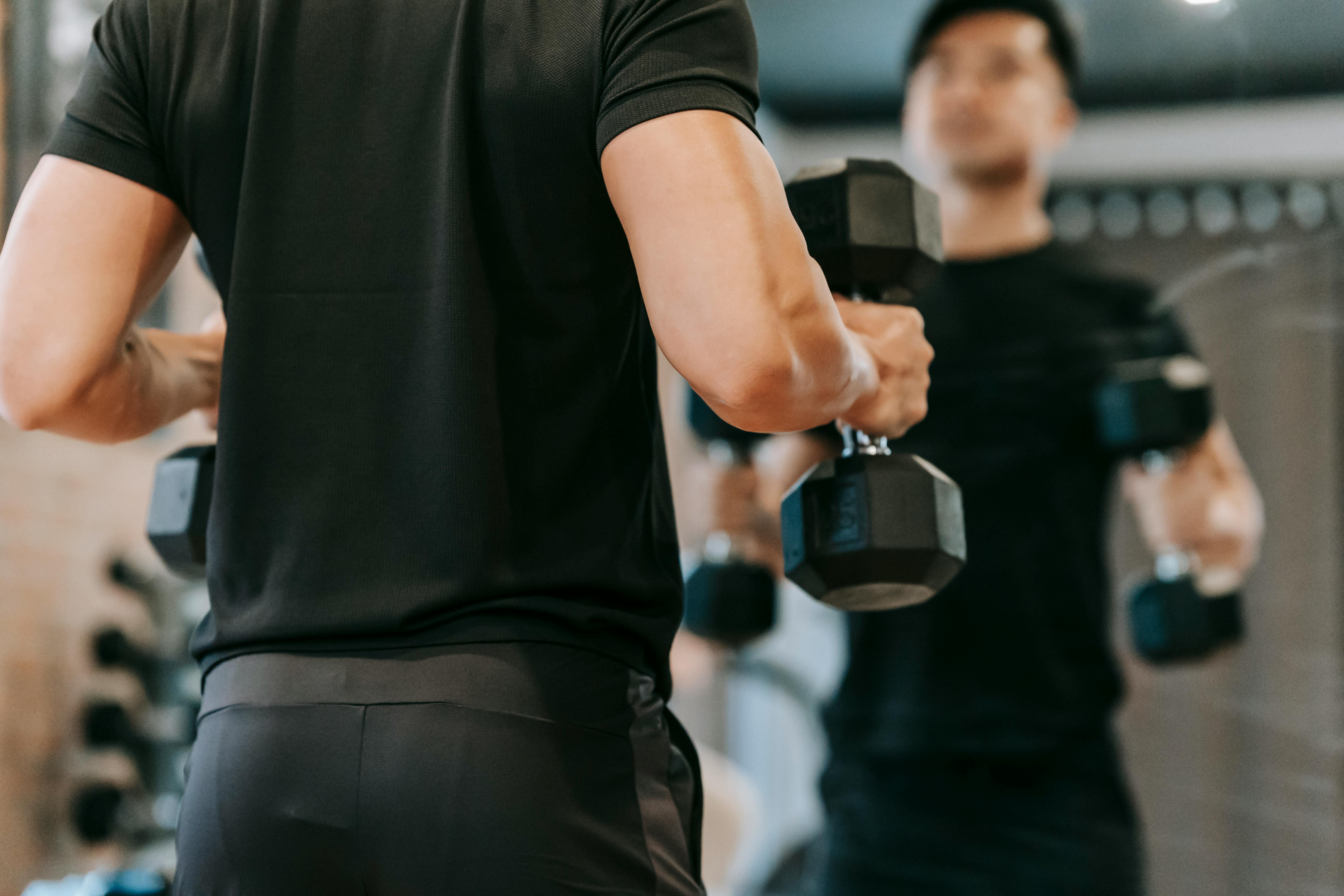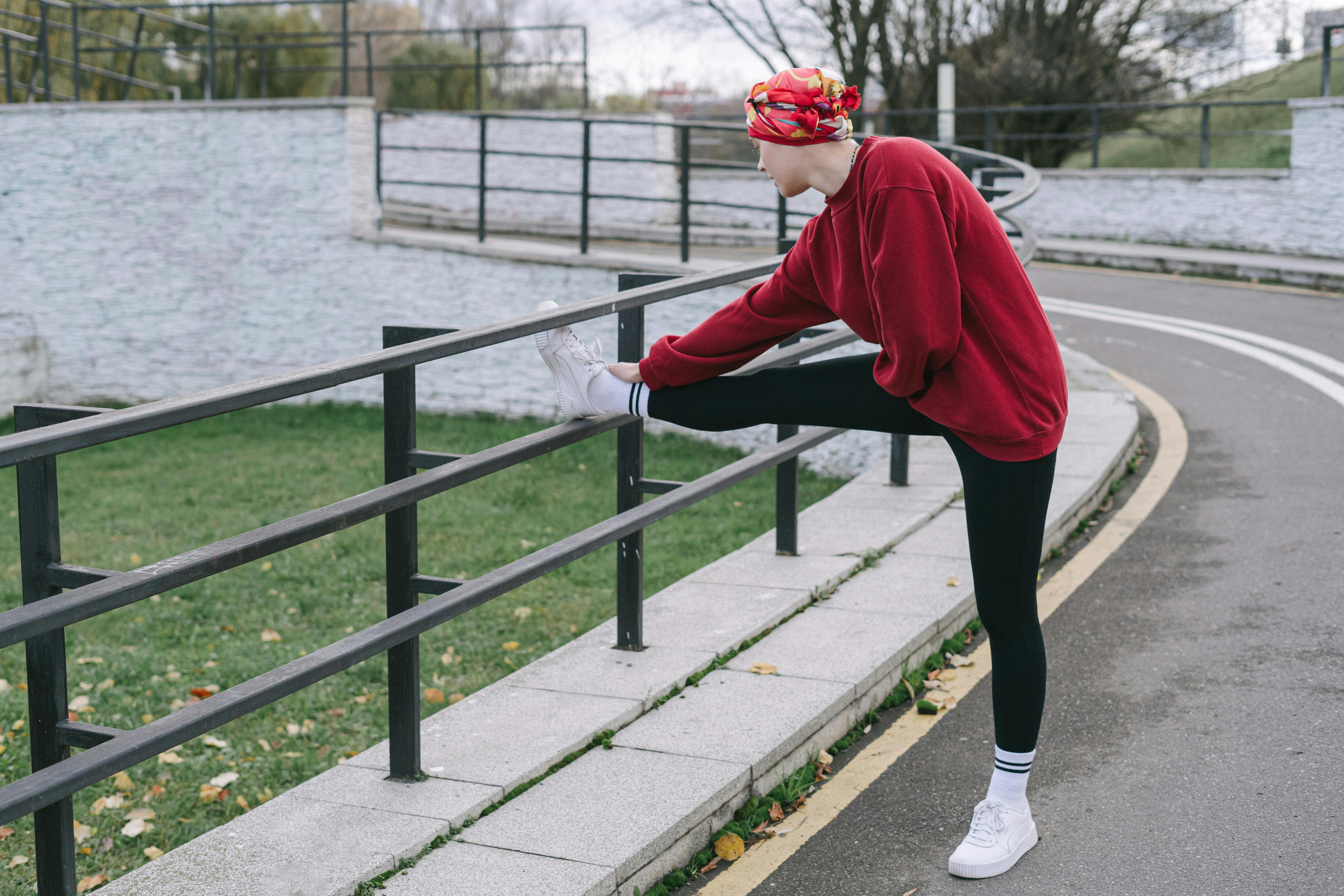I love this latest report. According to a new study, even if he’s been a virtual couch potato for most of his life, it’s not too late. He can still get fit now in middle age and help his heart function as if he were 20 years younger.
The study, published in Circulation, the journal of the American Heart Association, looked at healthy but sedentary people between the ages of 45 and 64.
The individuals were placed in two different groups. The first group participated in a non-aerobic exercise program such as yoga, balance training, and weight training three times a week. The second group did moderate-to-high-intensity aerobic exercise four or more days a week.
After two years, the group that participated in the highest-intensity exercise saw a dramatic improvement in the function of their hearts.
“We took these 50-year-old hearts and turned the clock back to 30- or 35-year-old hearts,” said Dr. Ben Levine, a sports cardiologist at the University of Texas Southwestern Medical Center and director of the Institute for Exercise. and Environmental Medicine at Texas Health Presbyterian Hospital. “Their hearts processed oxygen more efficiently and were noticeably less stiff.”
I’m sorry, but walking the dog around the block a couple days a week doesn’t seem to work. Of course, any kind of exercise is better than none, but if you want to turn back your heart’s clock, it takes a little more. A key part of the effective exercise regimen was interval training: short bursts of high-intensity exercise followed by a few minutes of recovery.
The researchers eased the exercise group into their routine with three 30-minute moderate exercise sessions a week for the first three months and developed a regular set of exercises that peaked at 10 months and included:
*Two days of high-intensity intervals: four minutes at 95 percent of a person’s maximum capacity (for example, running at a brisk pace or cycling fast against resistance), followed by three minutes of active recovery (slower jogging , walking fast or pedaling slower), repeated four times.
*One hour day of moderate-intensity exercise that raised the heart rate and was enjoyed by the participant such as dancing, tennis, swimming, bicycling, or brisk walking.
*One or two days of 30-minute sessions of moderate-intensity exercise, meaning the participant would break out in a sweat, become a bit short of breath, but still be able to hold a conversation.
*One or two weekly strength training sessions with weights or exercise machines, either on a separate day or after an exercise session.
Participants were encouraged to diversify with lots of different exercise equipment (stationary bikes, treadmills, elliptical machines) and exercise outdoors (jogging and biking) to stay motivated and interested, Levine said.
Intense training was important, Levine stressed, even if it was just once a week. Pushing as hard as you can for four minutes stresses the heart, he explained, and forces it to work more efficiently. Repeating the intervals helps strengthen both the heart and the circulatory system.
Another benefit? “It breaks the monotony of just walking,” she said. “Most people really enjoy high-intensity work. You’d think they wouldn’t, but they like the fact that it’s short, and they like the fact that they feel stronger afterward.”
Participants recorded their heart rate, which is ideal. But as an alternative, use the simple conversation test. During high-intensity intervals, you have to work hard enough and breathe hard enough that you can’t comfortably speak in long sentences.
Don’t wait too long, Levine warned. “The sweet spot in life to get off the couch and start exercising is in middle age, when the heart still has plasticity,” Levine said. He may not be able to reverse the aging of his heart if he waits until after 70 to start.
But you will still see the benefits of exercise. A research team at Tufts University found that frail people as young as 89 could tolerate an exercise regimen that included walking, lifting their legs, and stretching. The participants may not have turned back the clock in their hearts, but they did improve in ways that could make a world of difference. The exercise helped them maintain their mobility and decreased their chances of suffering a physical disability.
“You are never too old, nor too weak, nor too deteriorated [to benefit from a physical activity program]said Roger Fielding of Tufts, who led the study published in the Annals of Internal Medicine.
Of course, before beginning any strenuous exercise program, be sure to check with your doctor. So get up off that couch and start moving!


